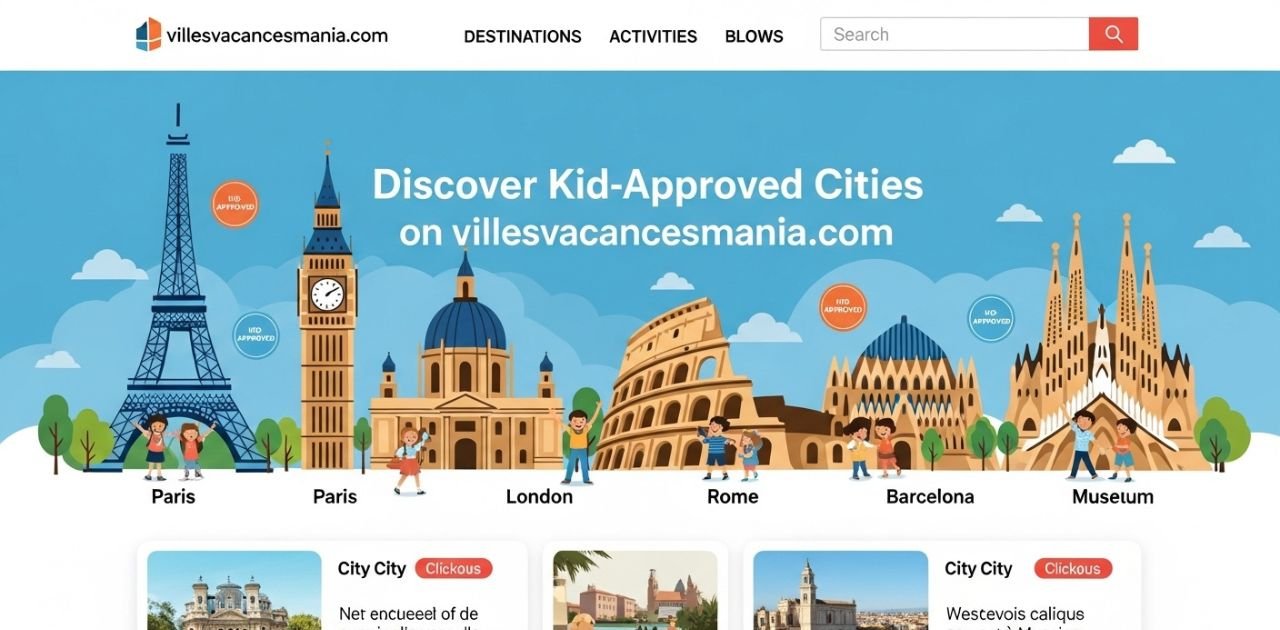When it comes to building a successful business, most entrepreneurs believe they need complicated strategies, massive teams, and long business plans. But marketing expert Ryan Deiss proved otherwise with his famous concept called the “Business Plan on a Napkin.”
This approach shows that sometimes, simplicity beats complexity. With just a pen, a napkin, and a clear vision, you can design a roadmap to grow a business that is profitable, predictable, and scalable.
In this article, we’ll break down the full concept of Ryan Deiss’s Business Plan on a Napkin, why it works, and how you can use it to create your own winning business strategy.
Contents
What Is the Business Plan on a Napkin?
The idea behind the Business Plan on a Napkin is simple:
If you can’t explain your entire business model on a small piece of paper, it’s too complicated.
Ryan Deiss created this concept to help entrepreneurs focus on the core elements of their business — how they attract customers, deliver value, and generate revenue.
The goal is to remove unnecessary steps and focus only on the strategies that:
- Bring in new customers
- Increase sales and profits
- Retain customers for long-term growth
Why the Napkin Plan Works So Well
The power of the Napkin Plan lies in its simplicity. Here’s why it works:
1. Clarity Over Complexity
Most businesses fail because they get lost in endless strategies, platforms, and tools. The Napkin Plan forces you to focus on what really matters.
2. Quick Decision-Making
With everything mapped out in a simple diagram, you can make faster decisions without overthinking.
3. Easy to Communicate
Whether you’re explaining your business to investors, employees, or partners, a simple visual plan is easier to understand than a 50-page document.
4. Scalable Foundation
Even as your business grows, the Napkin Plan gives you a clear roadmap to follow so you don’t lose track of your core strategy.
The Core Components of the Napkin Business Plan
Ryan Deiss’s Napkin Plan focuses on the Customer Value Journey — the path a customer takes from discovering your brand to becoming a loyal buyer.
Here are the main stages:
1. Awareness Stage
People can’t buy from you if they don’t know you exist.
- Use advertising, content marketing, and social media to reach new audiences.
2. Engagement Stage
Once they discover you, give them valuable content to build trust and educate them about your products or services.
3. Subscription Stage
Encourage prospects to join your email list or follow you on social media so you can communicate directly with them.
4. Conversion Stage
Offer a low-cost or entry-level product to turn leads into paying customers.
5. Ascension Stage
Once they’ve made a purchase, upsell or cross-sell related products to increase customer value.
6. Retention Stage
Keep your customers happy with excellent service, loyalty programs, and personalized offers so they buy again and again.
How to Create Your Own Business Plan on a Napkin
You don’t need expensive software or professional designers. All you need is a pen, a small piece of paper, and this simple process:
- Draw a Simple Funnel
- Start with awareness at the top and loyal customers at the bottom.
- Add the Customer Journey Stages
- Awareness → Engagement → Subscription → Conversion → Ascension → Retention.
- Write Down Actions for Each Stage
- For example, ads for awareness, email campaigns for engagement, upsells for ascension.
- Keep It Lean and Clear
- If a step doesn’t help you acquire or keep customers profitably, remove it.
- Review and Improve
- Test different strategies and refine your plan over time.
Benefits of Using the Napkin Plan in Your Business
- Saves Time: No need for long, complicated business plans.
- Increases Focus: Helps you prioritize the most important activities.
- Improves Profitability: Every step is designed to acquire and retain customers.
- Team Alignment: Everyone in your company can easily understand the plan.
- Flexibility: The plan can evolve as your business grows.
Common Mistakes to Avoid
- Overcomplicating the Plan: Stick to the essentials.
- Ignoring the Customer Journey: Every stage matters for building trust and profits.
- Not Tracking Results: Use data to see what’s working and what needs improvement.
- Skipping Follow-Ups: Retaining customers is cheaper than acquiring new ones.
Actionable Tips for Success
- Start Small: Even a simple plan can lead to big results if executed well.
- Automate Where Possible: Use tools for email marketing, social media, and payments.
- Focus on Relationships: Happy customers become loyal buyers and brand advocates.
- Review Monthly: Update your napkin plan as your business grows and markets change.
Conclusion
Ryan Deiss’s Business Plan on a Napkin proves that success doesn’t come from complexity — it comes from clarity, simplicity, and focus.
By mapping out your customer journey on a single page, you can create a profitable, predictable, and scalable business model without wasting time or resources.
So grab a napkin, sketch your plan, and start building the business you’ve always dreamed of — one simple step at a time.



